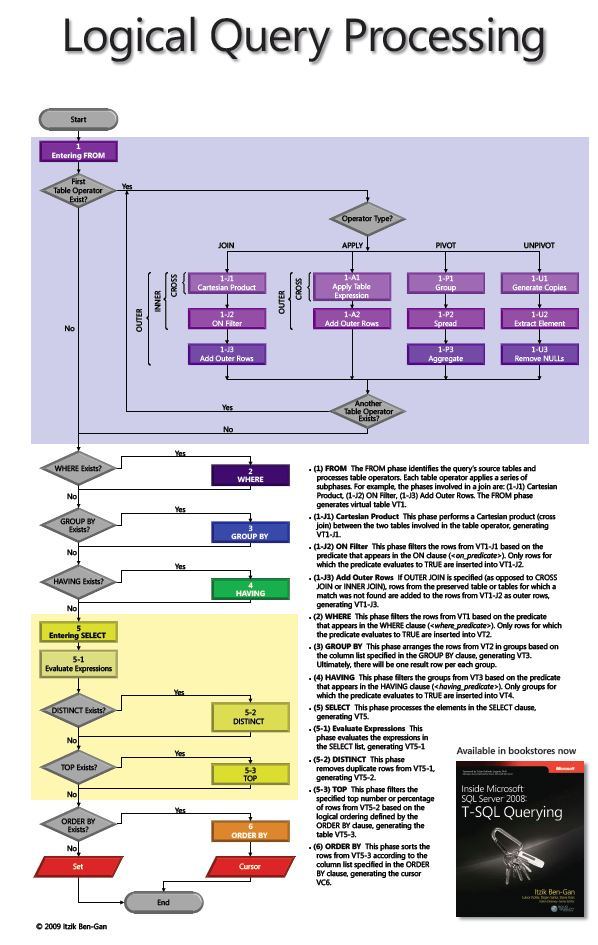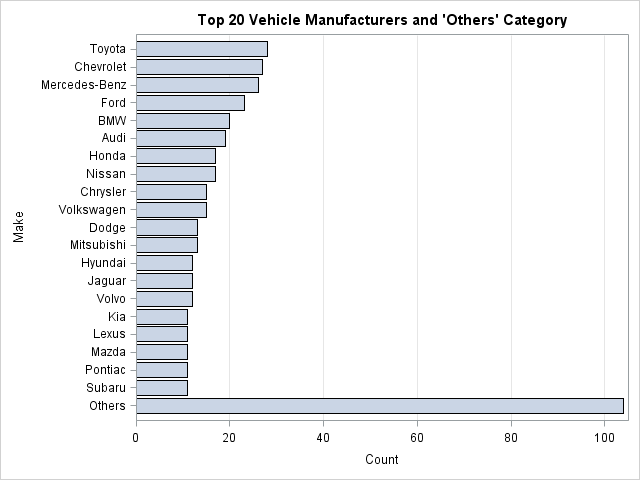
If you happen to be in Raleigh, NC next Tuesday evening, please come out for the APICS Triangle Chapter professional development meeting, 6:00-8:00 pm. While I can't make any promises about the caliber of the evening's speaker (me), you are assured a good meal and good conversation with representatives from




































